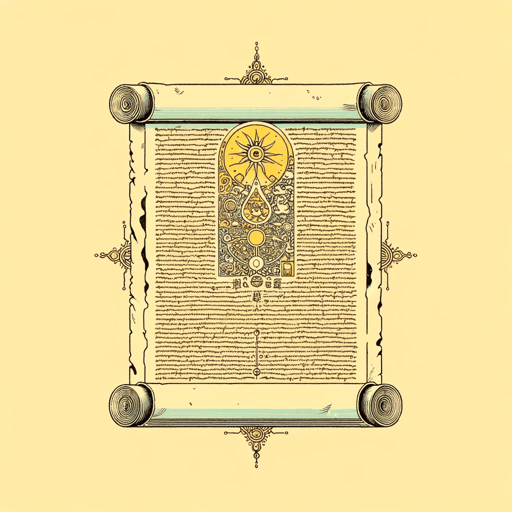49 pages • 1 hour read
James RedfieldThe Celestine Prophecy
Fiction | Novel | Adult | Published in 1993A modern alternative to SparkNotes and CliffsNotes, SuperSummary offers high-quality Study Guides with detailed chapter summaries and analysis of major themes, characters, and more.
Symbols & Motifs
The Manuscript
The capitalization of the word “Manuscript” in the text is unusual as a matter of usage. Designating it with a capital letter, however, confers a special symbolic status upon the document. As the object of the narrator’s spiritual quest and the repository of ancient wisdom, the Manuscript represents whatever ultimate meaning people seek. The Manuscript is seemingly indestructible, as is the ultimate spiritual truth that it represents. In this text, the Manuscript contains nine insights that were recorded in Aramaic and hidden in Peru. Pursuing them drives the narrator’s journey and his encounters with the other characters, making the Manuscript the text’s central motif.
Mountains
Mountains are traditional symbols of strength and durability. They also play an important role in the world’s religious traditions, representing the point on earth that is closest to God or higher consciousness. For example, Moses received the Ten Commandments on Mount Sinai, and Jesus went up into the mountains to be close to his Father in prayer. Mohammad received his first revelation from Allah in a cave on Mount Hira. Similarly, in the religious traditions of India, which are an influential source for the New Age ideas presented in the novel, mountains play a prominent role as objects of veneration and places for spiritual retreat.

